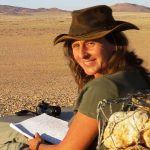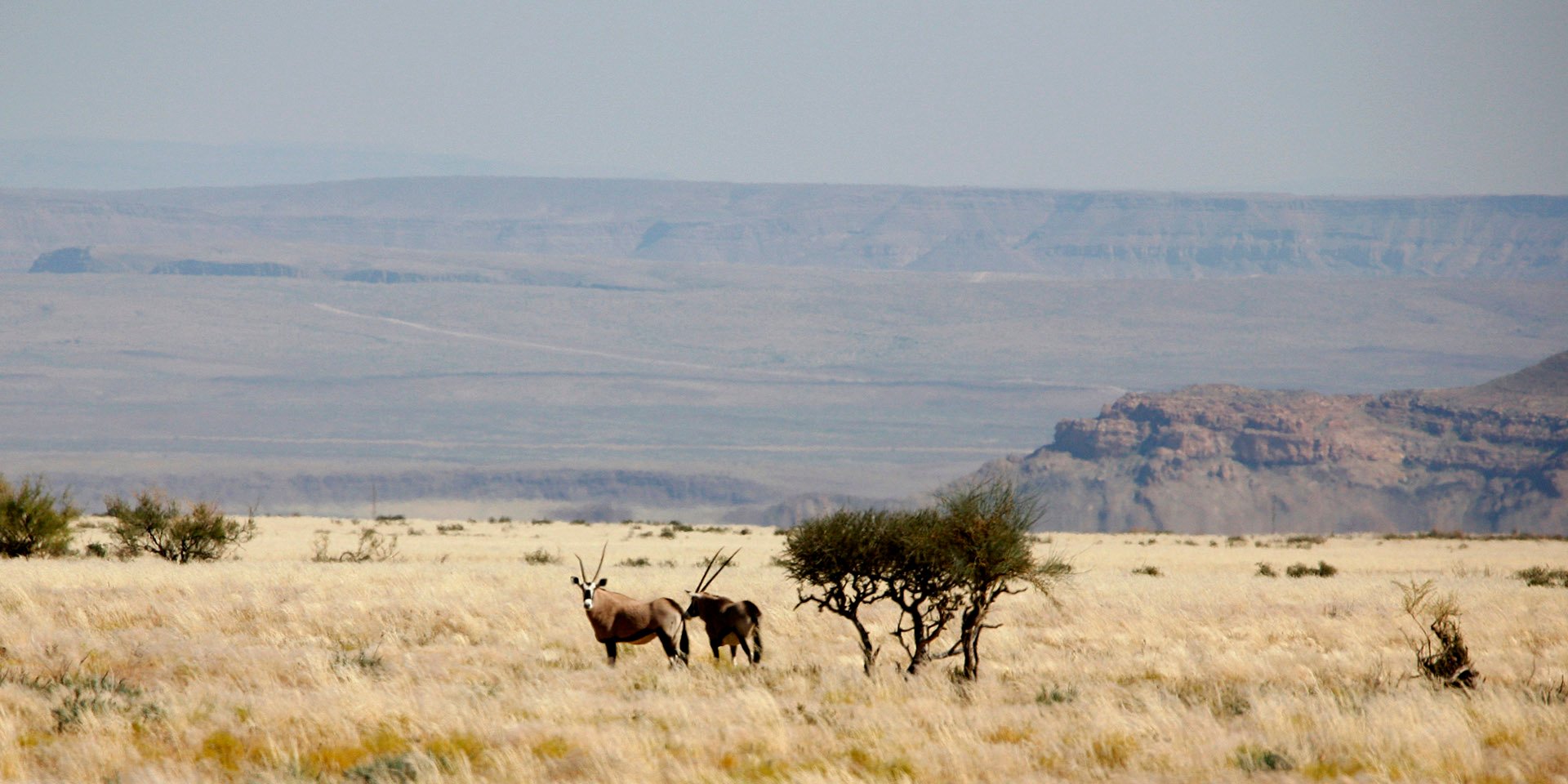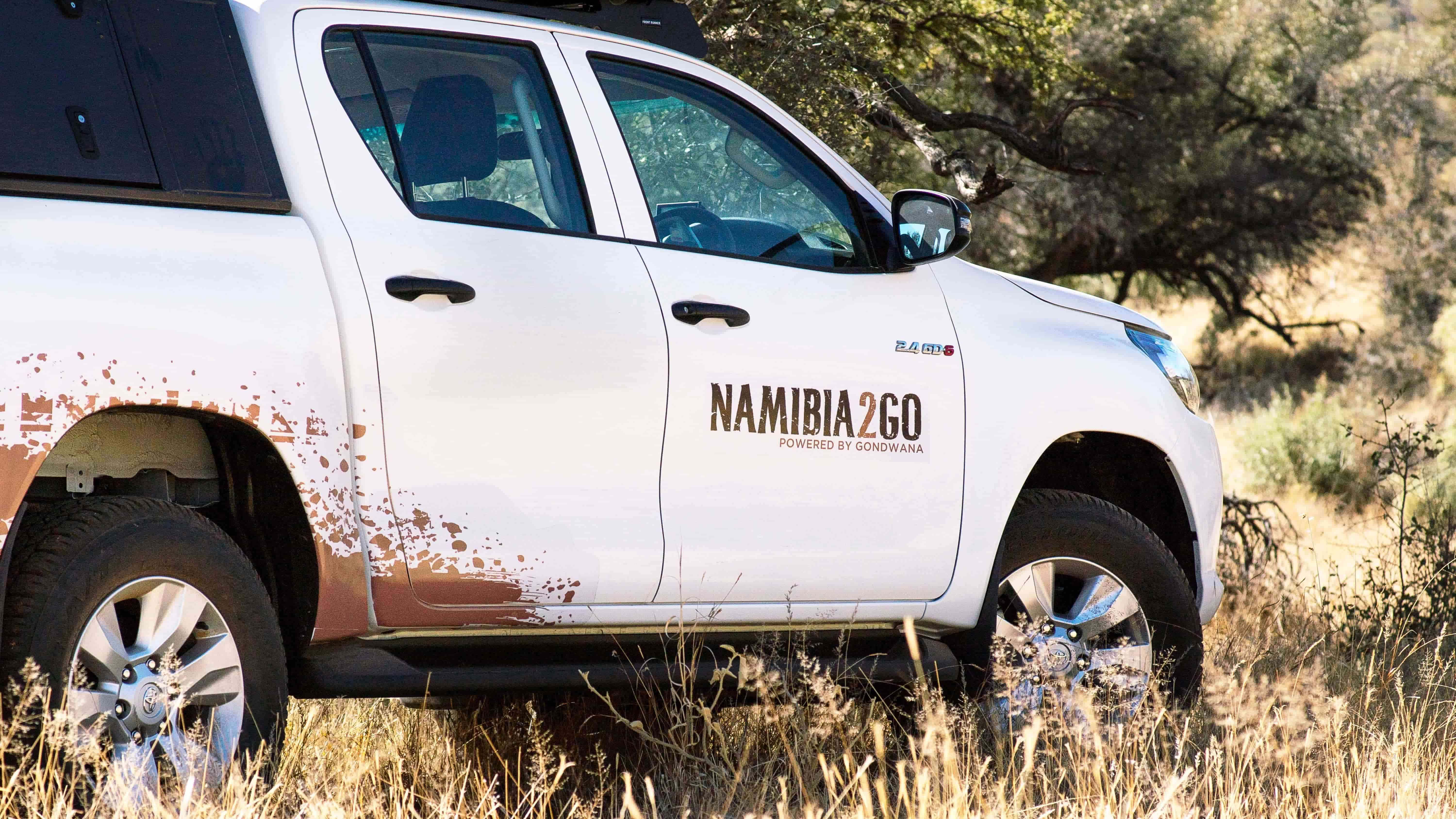What more can I say. Etosha has a character unlike any other national park I have visited, and has the salty pan at its heart. According to Bushman legend, it was first a lake formed from the tears of a woman mourning the death of her family after her village was raided. When the lake dried up, the huge white pan remained. I, however, chose to believe it was formed at a time of abundance rather than sorrow and was an inland lake fed by rivers that naturally dried up over the course of time. The chalky whiteness is the soul of the park and a series of waterholes attracts antelopes and predators, and offers ample opportunity for game-viewing.
I had one day to sample a few of those waterholes and discover, as one Namushasha guide had wisely advised, what the park was willing to offer me.
These protected pockets of Earth are vital. When Game Reserve no2 (the precursor to Etosha National Park) was proclaimed in 1907, there were no lion recorded in the park, neither were there elephant, the last herd having been driven into a marsh in Namutoni in 1881 and shot.
Arriving earlier than I had intended at Namutoni Camp, I found that I had bonus time and with no sign of the elusive elephants I drove up a quiet road and spent sunset with the giraffes. The next day was elephant celebration. Halfway through the park, at Halali’s waterhole, a series of craggy rocks studded with moringa trees provides a good platform to view the animals. At times, only a lone kudu and a few sandgrouse are visible. Today, just as I was about to leave, a family group of elephant arrived. Silently. (Whoever initiated the saying of sounding like an elephant couldn’t have experienced how silently these wizened giants appear and disappear, like apparitions from another world.) This group was all about love – and it touched everyone. One man unashamedly wiped his eyes and voiced the sentiment: “Ek het trane in my öe (I have tears in my eyes).” While the ellie moms drank and cuddled the babes, the young uns flapped ears and chased impala and guineafowl from the water, trumpeting away. I had to tear myself away to continue on to Okaukuejo, my overnight stop.
Making it to the last waterhole before the camp in the late afternoon, I spotted four elephant bulls. They drank, vied for supremacy, had dust baths and disappeared into the evening. It was an authentic Etosha scene with ostriches, kori bustards and jackals providing the scale to reveal the sheer size of the behemoths. When the last one moved off so did I, into a cloud of white dust as vehicles rushed to the camp before the gates closed.
It’s a toss-up whether to stay at Okaukuejo or continue to the lodges just outside the park. It undoubtedly has the best waterhole and the night-show often includes elephant and rhino, however it is busy. The sounds of the camp filtering down to the waterhole put a damper on the joyful spirit of the day. By morning, after a noisy, dusty night in the campsite, I was more than ready to leave.
But, Etosha is like a magnet, as is the opportunity of seeing animals in the wild, and that Etosha magic always beckons.
Ron Swilling is a freelance writer, based in Cape Town, writing for Namibian and South African publications. She is a regular contributor to Gondwana’s History and Stamps&Stories columns and documented the information on the Wild Horses in the Namib Desert for Mannfred Goldbeck and Telané Greyling. She invites you to ‘Follow her footsteps’ on her journey from the Orange River, exploring the Gondwana routes through the intriguing country of Namibia.






SUBMIT YOUR COMMENT